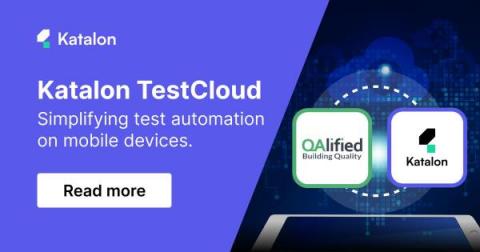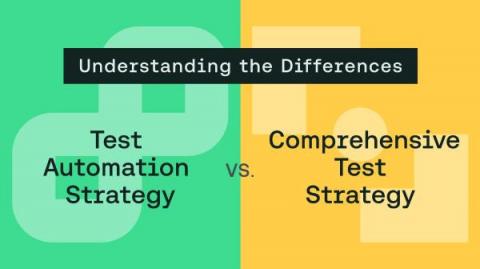Systems | Development | Analytics | API | Testing
%term
This One Advice Will Improve Your Software Quality | Manish Saini | #softwaretesting #automation
Enhance Your Cyber Defense with Red Teams as a Service: Strengthening Security Strategies
According to the most recent statistics, on a global scale, approximately 1 in 31 organizations encountered a ransomware attack each week during the initial quarter of 2023. Additionally, there is a daily identification of over 560,000 new instances of malware, contributing to a staggering total of more than 1 billion malware programs currently in circulation.
Your Go-To Resources for Reliability and Scalability | Nagabhushan Ramappa | #performancetesting
Modern Software, Interior Magic: Elevating Real Estate Marketing with Visualizations
QA Tech Stack: Why It's a Must-Have in Your Test Strategy | Monika Sharma | #softwaretesting
Katalon TestCloud: Simplifying Test Automation on Mobile Devices
What device should be used to run the tests? What operating system version, manufacturer and model to use? How to get these devices? These are some of the questions we ask ourselves when planning a mobile application testing strategy. If we consider automating these tests, other questions will surely come to mind.
API Automation: Do More with Less with this Key to Digital Transformation
Organizations today are looking to do more with less. The solution for many? Digital transformation. While digital transformation isn’t a new concept, the benefits of boosting efficiency, controlling costs, and delivering better customer experiences are obvious in today’s topsy-turvy economic conditions. Digital transformation often involves making the transition from legacy monoliths to modern cloud native microservices-based architectures.
Understanding the Differences: Test Automation Strategy vs. Comprehensive Test Strategy
Unlocking Success with FinOps: Top Insights from Expert Virtual Event
The data landscape is constantly evolving, and with it come new challenges and opportunities for data teams. While generative AI and large language models (LLMs) seem to be all everyone is talking about, they are just the latest manifestation of a trend that has been evolving over the past several years: organizations tapping into petabyte-scale data volumes and running increasingly massive data pipelines to deliver ever more data analytics projects and AI/ML models.











